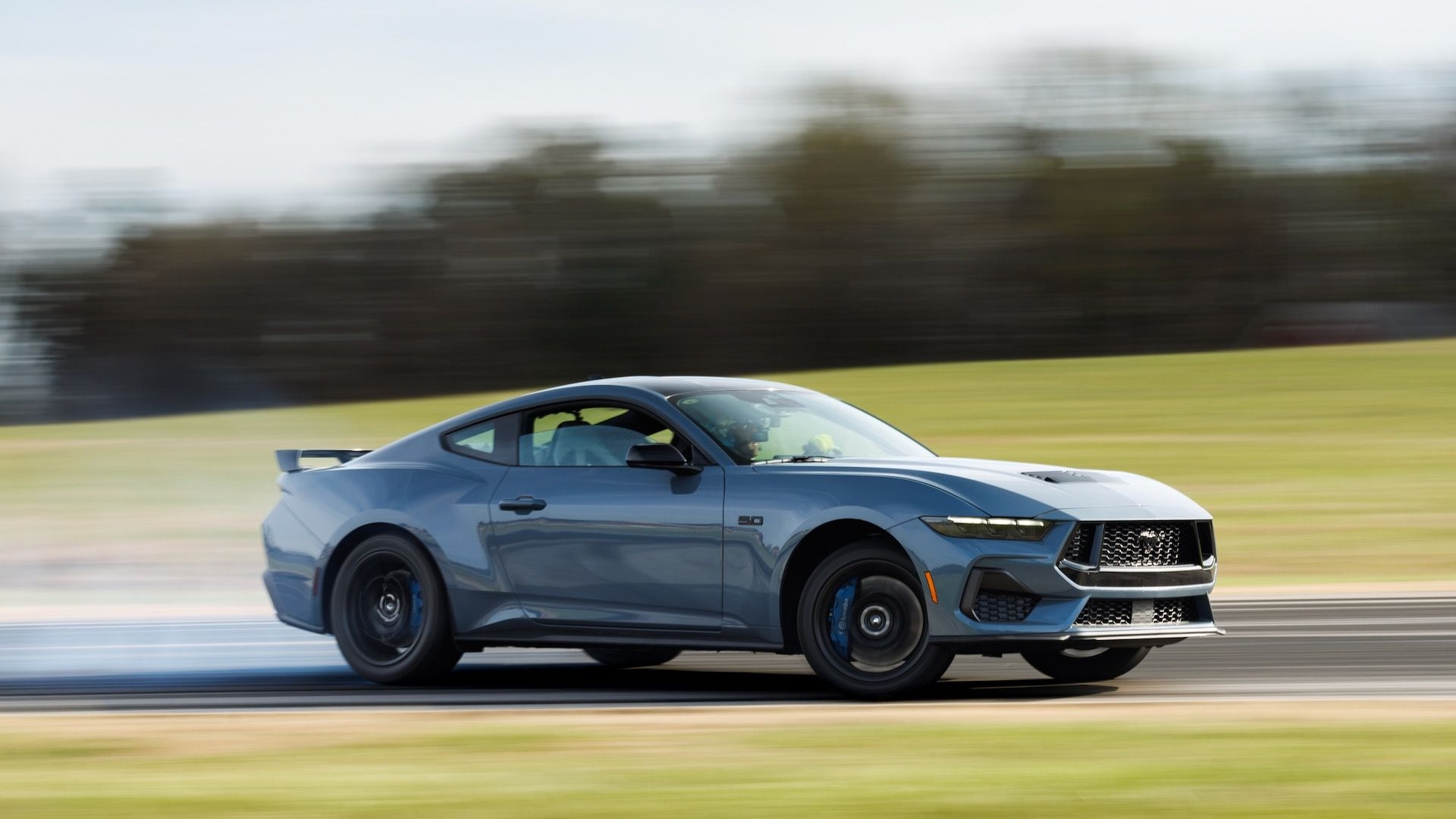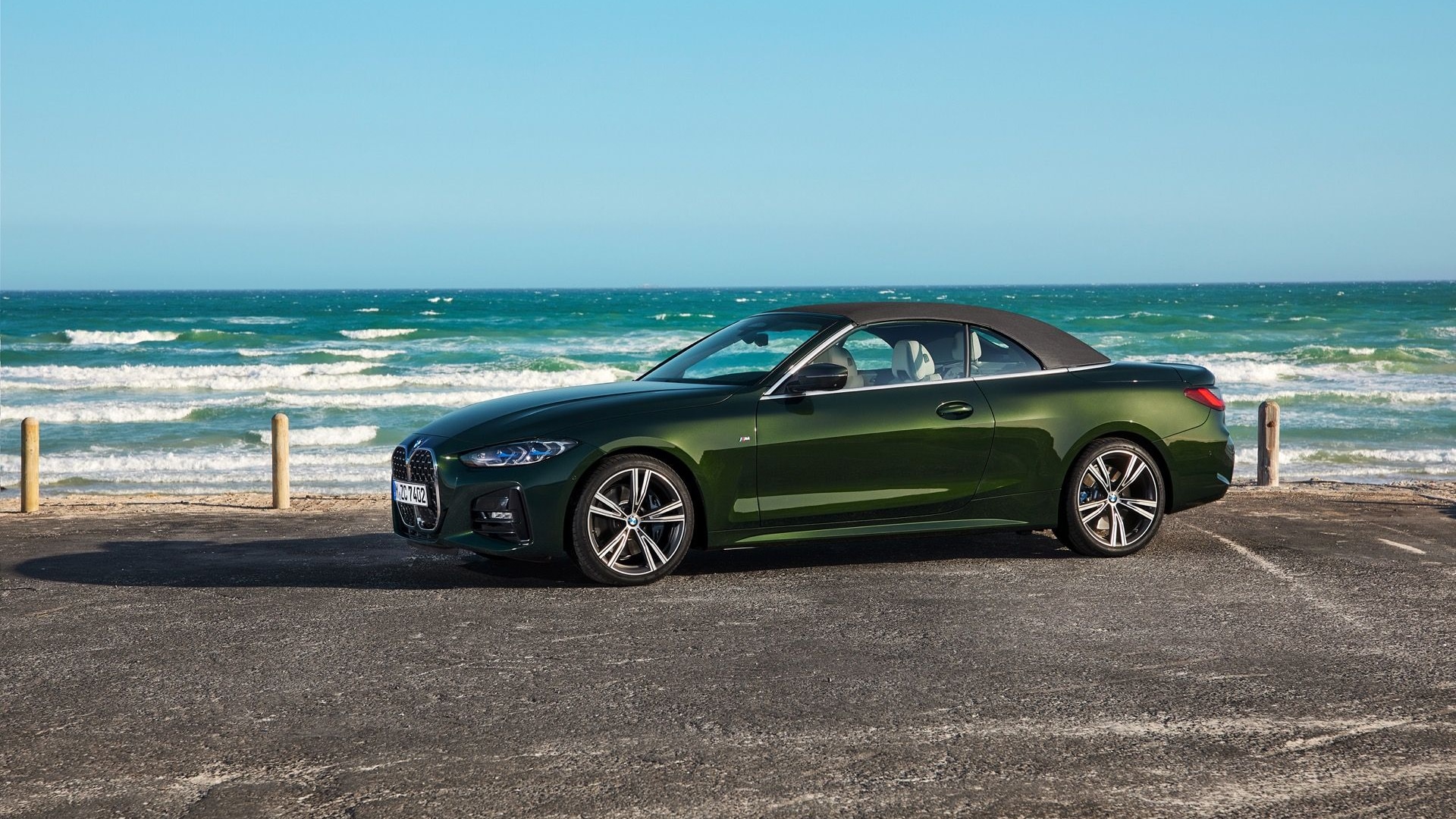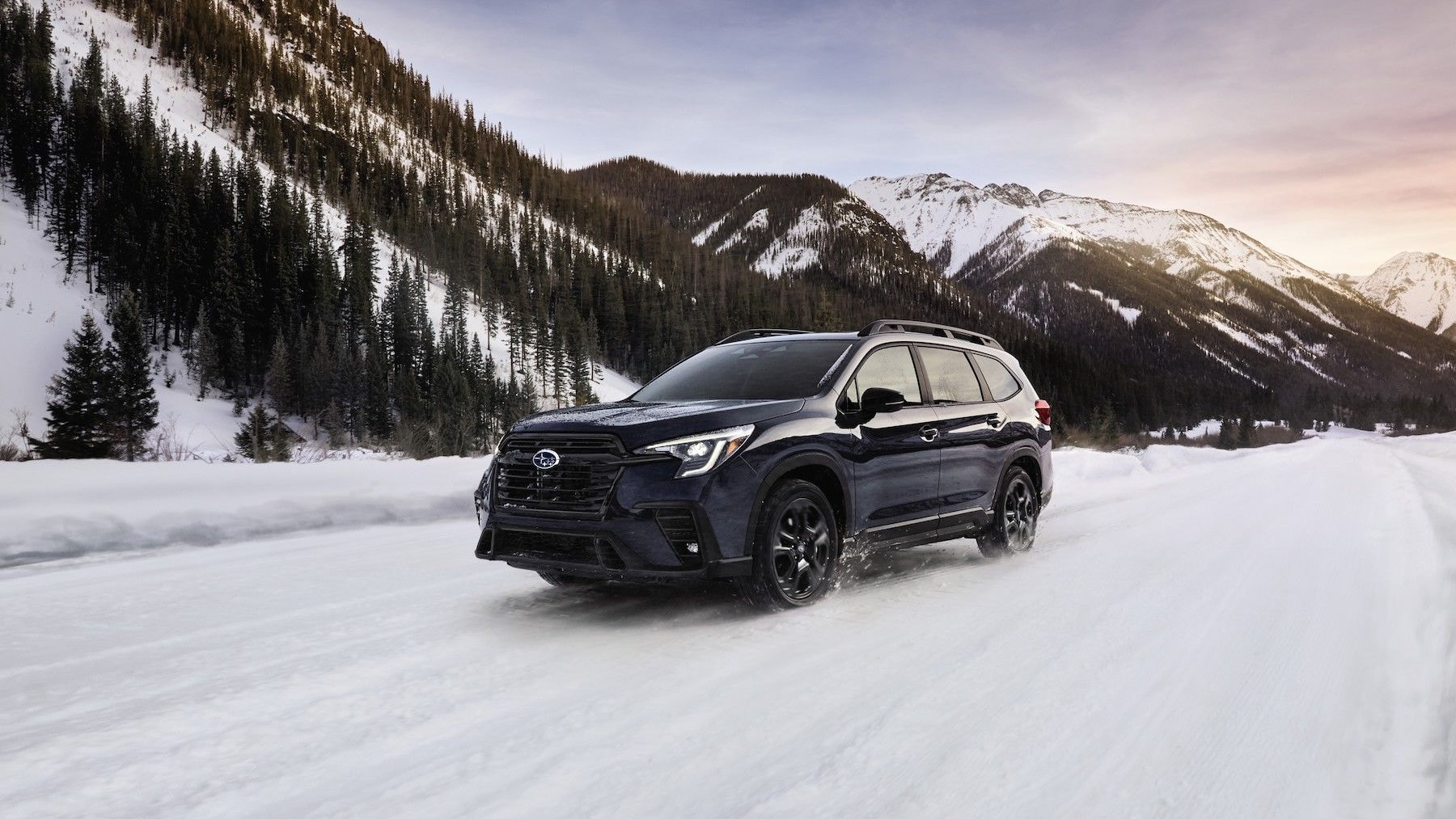The Ford Mustang made its worldwide debut in 1964 at the New York’s World Fair and since then has gone through numerous permutations as Ford’s longest–produced car. With each generation there are developments before production and the prototypes made by Ford show the evolution of the Mustang.
Some Mustang prototypes have a strong resemblance to the finished product available at your local Ford dealership, and others, not so much.
Ford Mustang Wagon
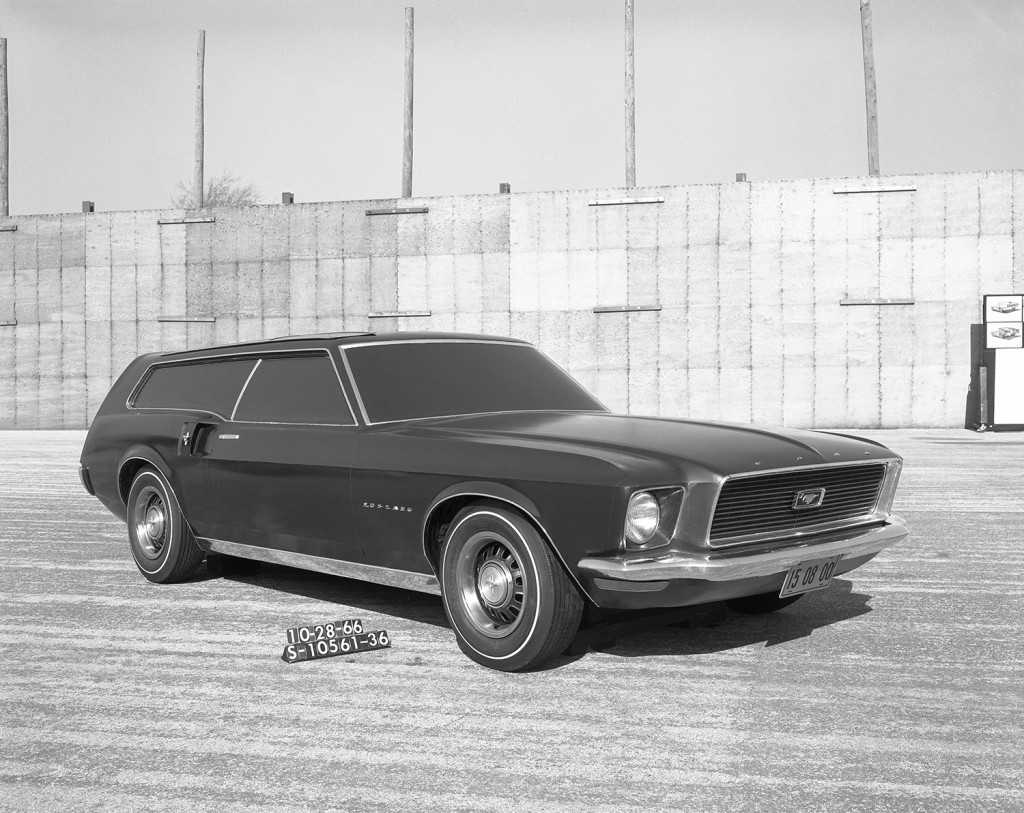
In the mid-1960s, Ford designers considered at least a couple of different concepts for a Mustang station wagon, with at least one running prototype based on a 1966 coupe getting built. Another design study included elements for refreshed models that were coming later that decade. All of the known Mustang wagons were three-doors that were closer to a European “shooting brake” than a traditional American family station wagon. (Courtesy of Ford Motor Company)
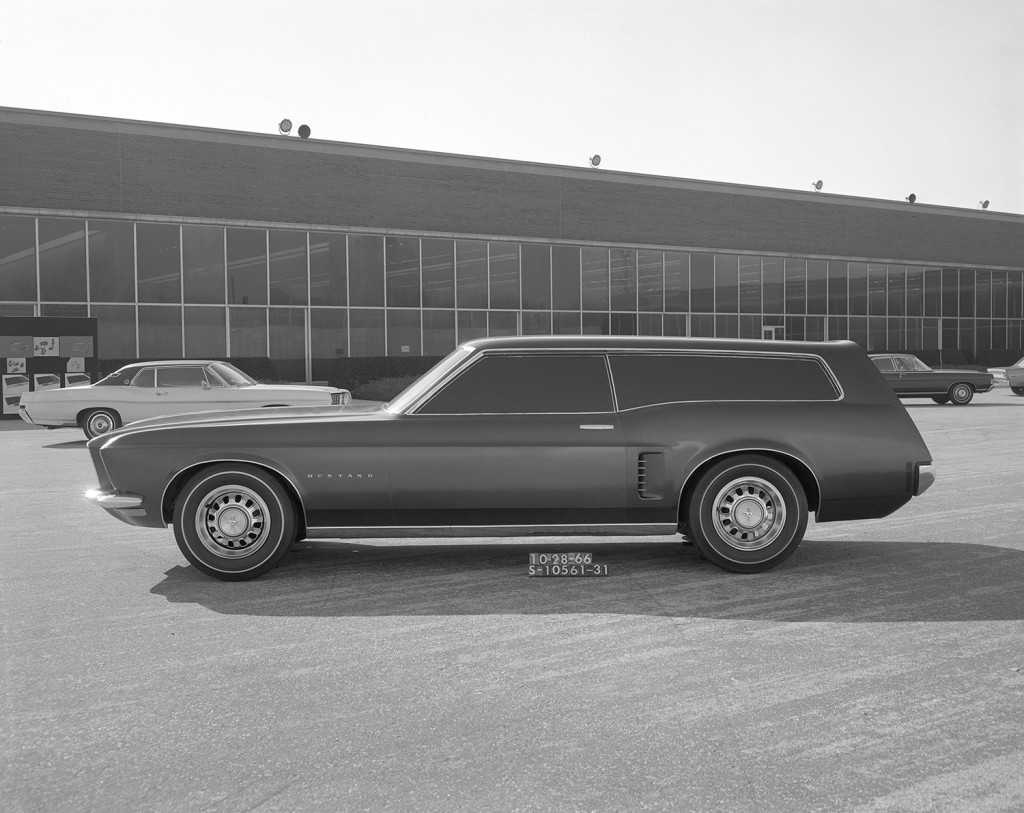
In the mid-1960s, Ford designers considered at least a couple of different concepts for a Mustang station wagon, with at least one running prototype based on a 1966 coupe getting built. Another design study included elements for refreshed models that were coming later that decade. All of the known Mustang wagons were three-doors that were closer to a European “shooting brake” than a traditional American family station wagon. (Courtesy of Ford Motor Company)
1966 Ford Mustang Mach I concept
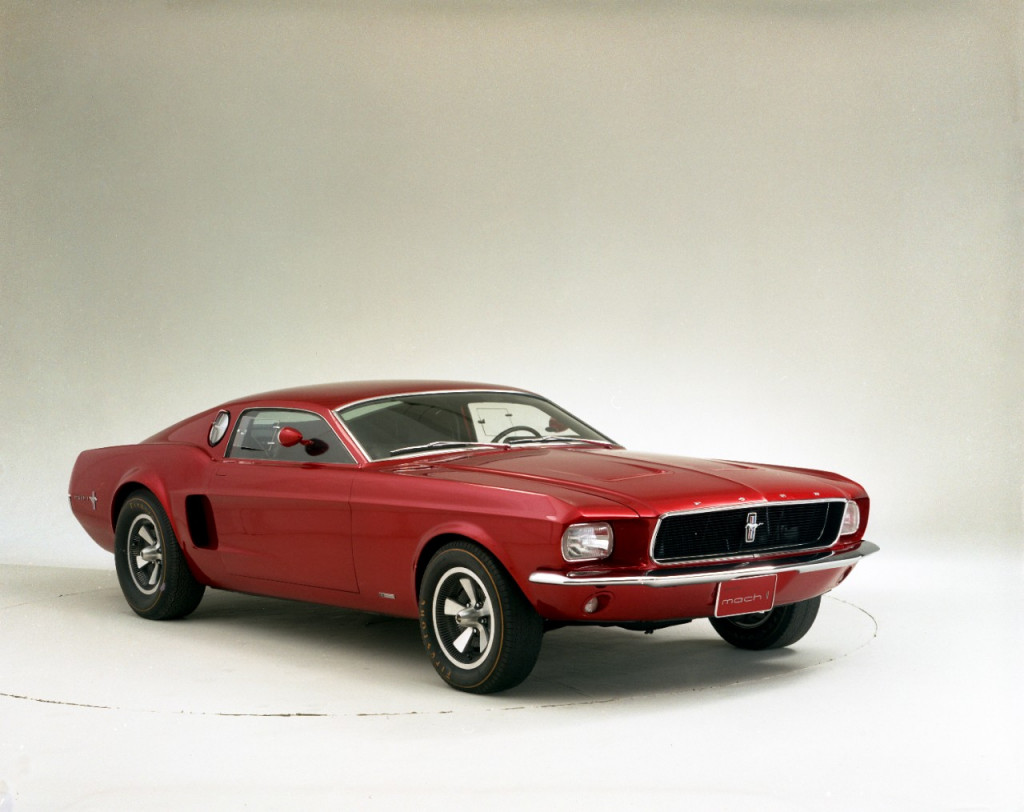
1966 Mach 1 concept
1969 Ford Mustang Boss 302 prototype
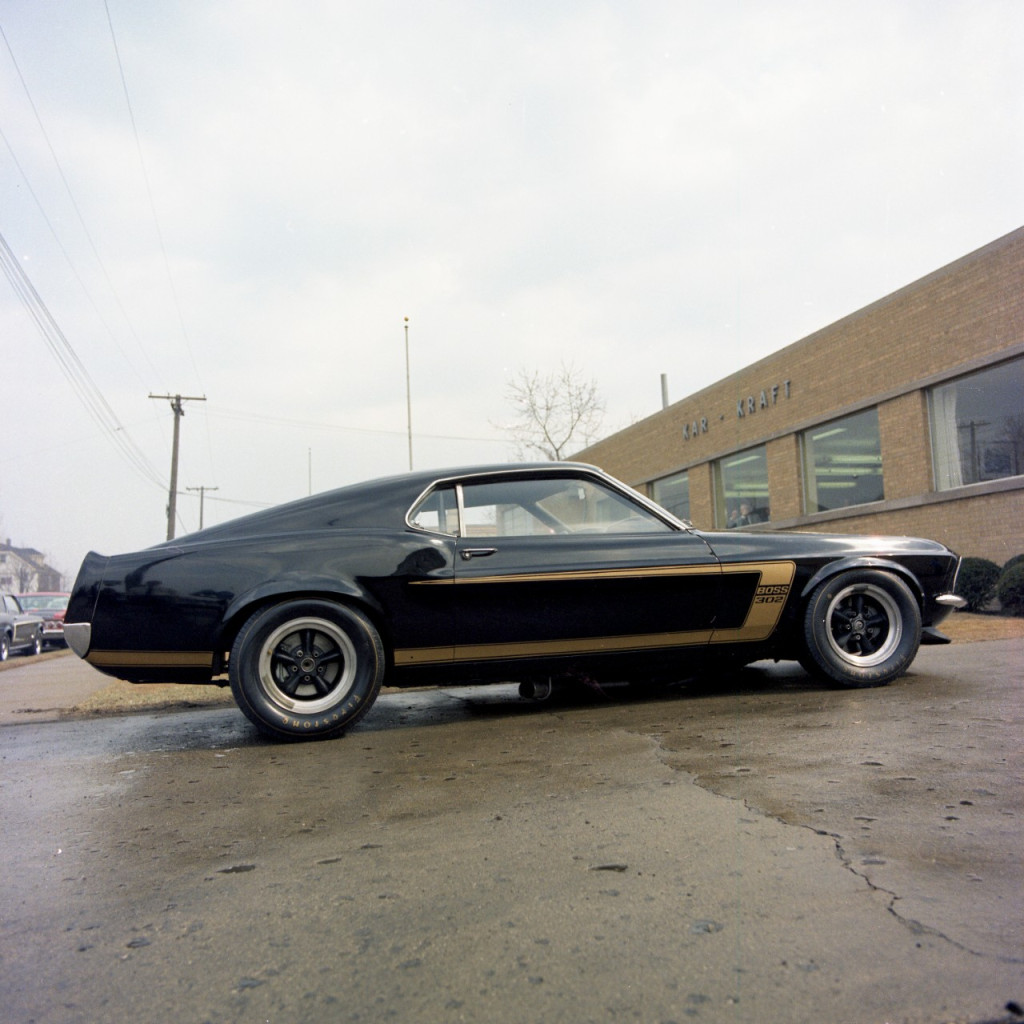
1969 Ford Mustang Boss 302 prototype
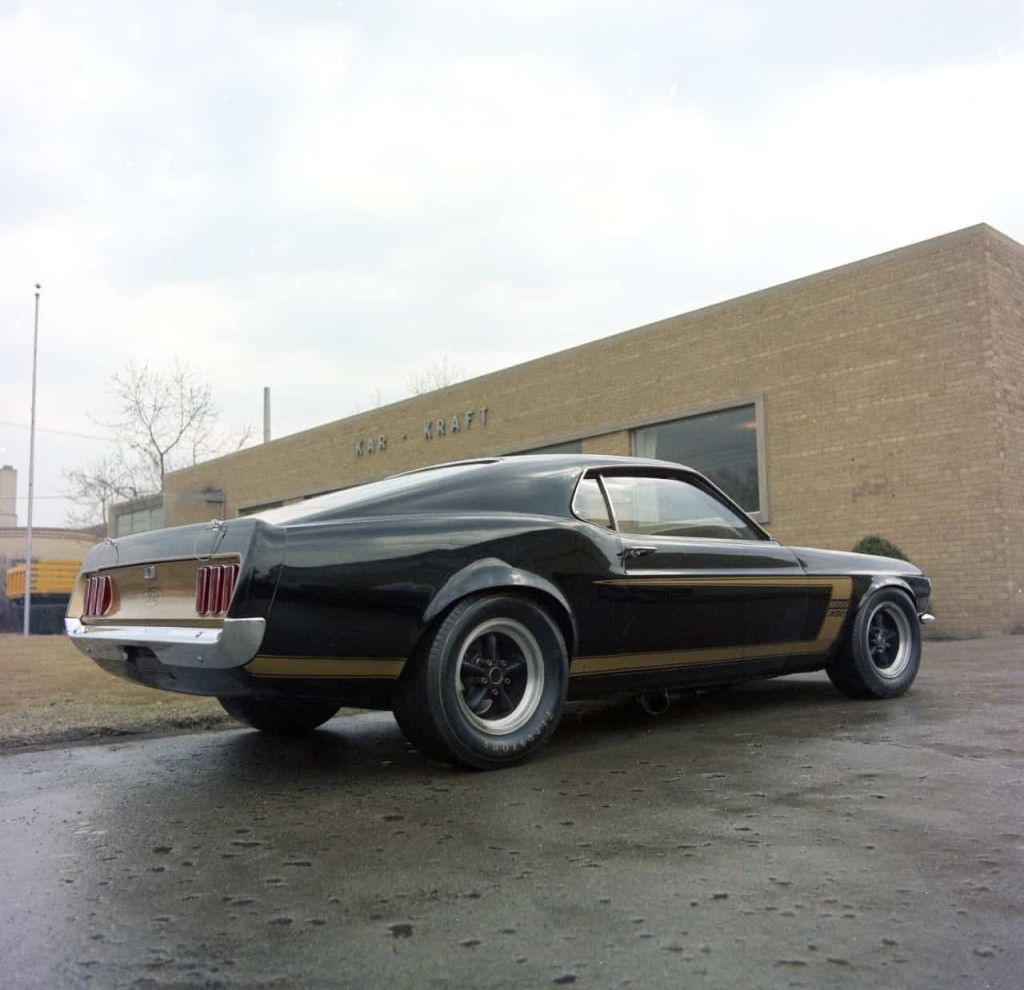
1969 Ford Mustang Boss 302 prototype
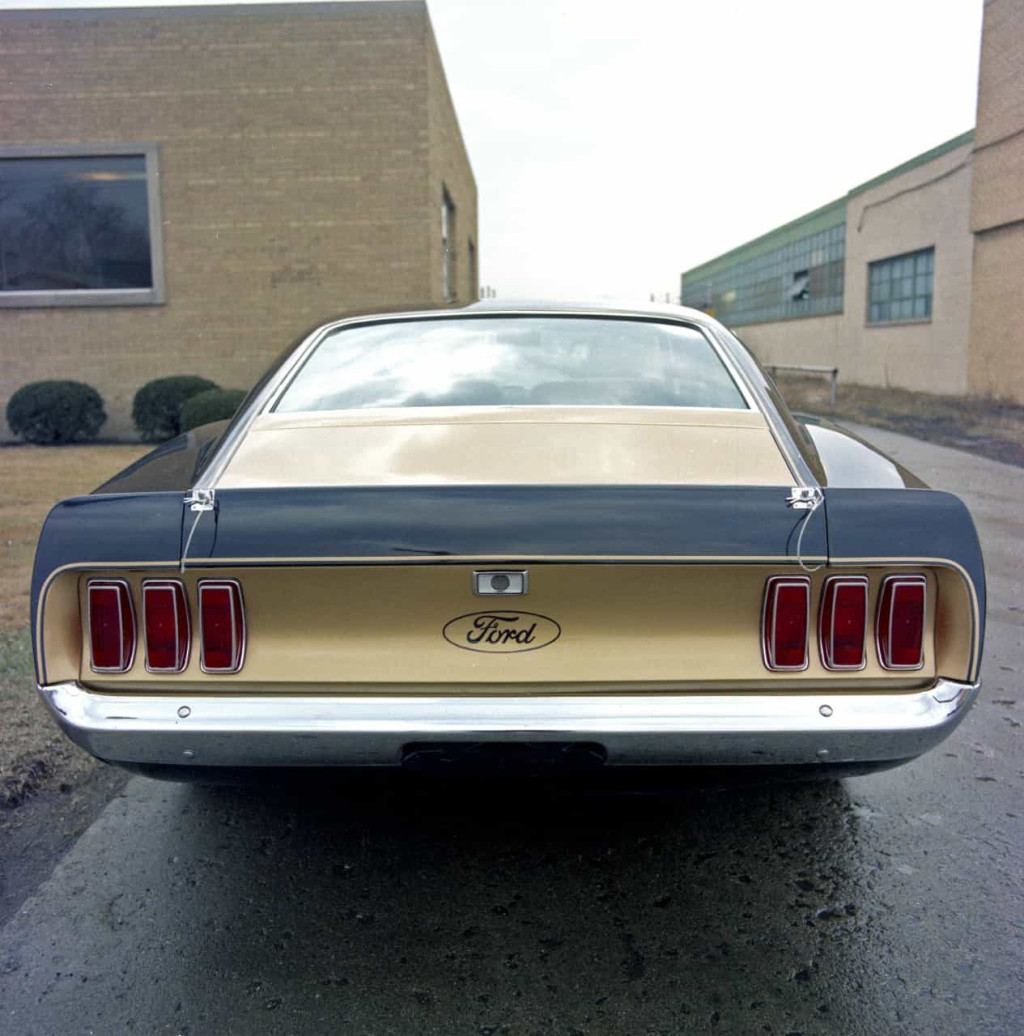
1969 Ford Mustang Boss 302 prototype
Mustang Milano concept
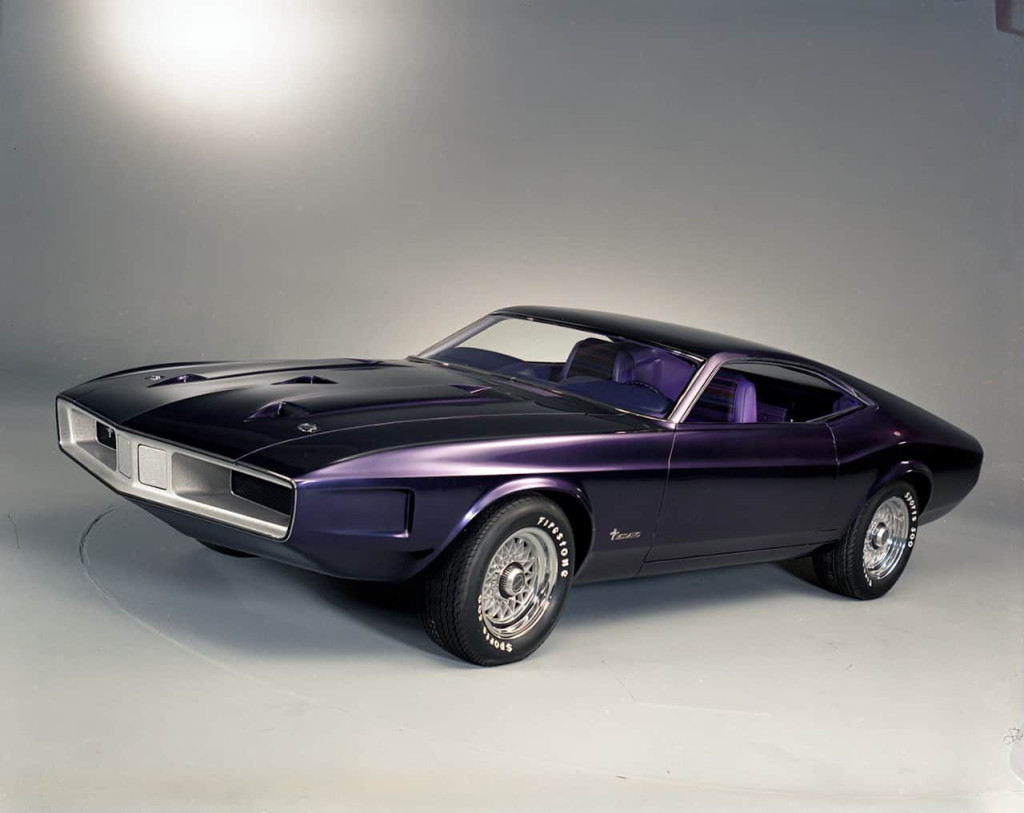
First shown publicly at the February 1970 Chicago Auto Show, the Mustang Milano concept previewed the nearly horizontal rear deck and sharp, extended nose that would be seen on the production 1971 model. However, aside from those two elements, the Milano didn’t really bear much resemblance to any production Mustang. In fact, the car that probably drew most heavily on the Milano profile was the Australian-market Falcon XB coupe of the mid-1970s. (Courtesy of Ford Motor Company)

First shown publicly at the February 1970 Chicago Auto Show, the Mustang Milano concept previewed the nearly horizontal rear deck and sharp, extended nose that would be seen on the production 1971 model. However, aside from those two elements, the Milano didn’t really bear much resemblance to any production Mustang. In fact, the car that probably drew most heavily on the Milano profile was the Australian-market Falcon XB coupe of the mid-1970s. (Courtesy of Ford Motor Company)
Mustang Sportiva II concept
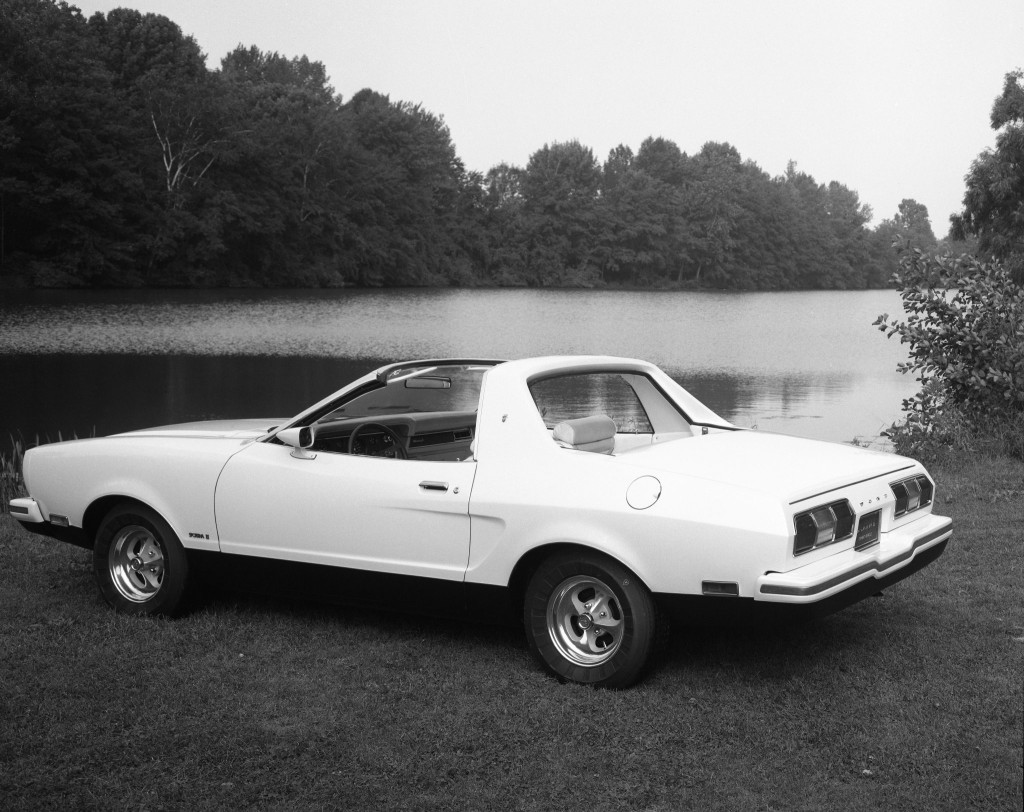
Prior to the public introduction of the 1974 Mustang II, Ford displayed a targa-roofed concept called the Mustang Sportiva II. Like the 1963 Mustang II concept, which was built from a modified prototype of the production 1965 model, the Sportiva II was derived from a preproduction 1974 model. (Courtesy of Ford Motor Company)
